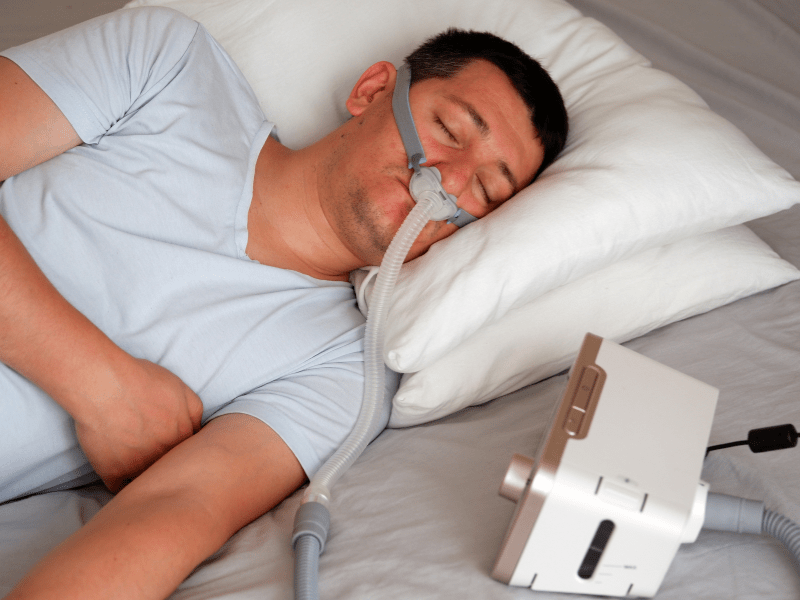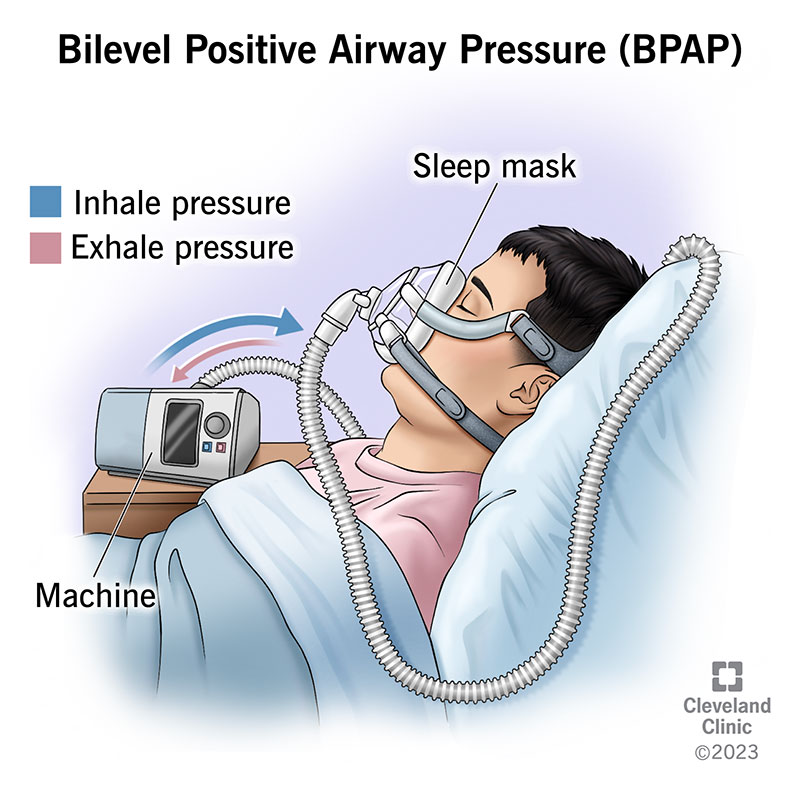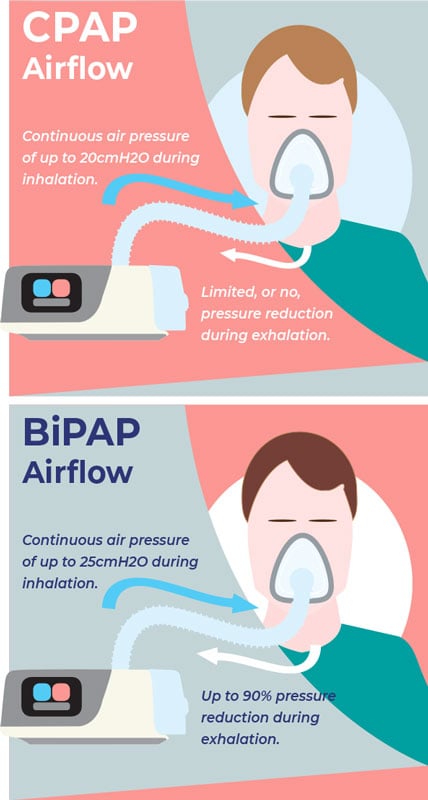BiPAP Rental: Easy Accessibility to Advanced Respiratory Devices
BiPAP Rental: Easy Accessibility to Advanced Respiratory Devices
Blog Article
Bipap vs. CPAP: Which Is the Finest for Your Sleep Problem?
When navigating the intricacies of rest disorders, the choice in between BiPAP and CPAP therapy is a vital factor to consider. While CPAP provides a steady air flow suitable for obstructive rest apnea, BiPAP's twin pressure setups may boost comfort for those with more intricate respiratory issues.
Recognizing Sleep Disorders
Sleep disorders incorporate a series of problems that disrupt typical sleep patterns, influencing both the high quality and period of rest. These disorders can materialize in different forms, including insomnia, sleep apnea, narcolepsy, restless leg syndrome, and parasomnias. Each problem presents distinct challenges, usually resulting in substantial daytime fatigue, cognitive impairment, and psychological disturbances.
Sleeplessness is identified by difficulty dropping or remaining asleep, while sleep apnea includes repeated disturbances in breathing throughout rest, typically bring about fragmented remainder. Narcolepsy, on the various other hand, is marked by extreme daytime drowsiness and abrupt rest attacks. Agitated leg syndrome triggers uneasy sensations in the legs, triggering an unmanageable impulse to relocate them, which can likewise prevent the capability to sleep.
The influence of rest conditions expands beyond specific health, influencing total productivity, relationships, and lifestyle. Comprehending the details nature of each disorder is important for efficient diagnosis and treatment. As sleep wellness becomes increasingly recognized as a vital element of general well-being, dealing with these conditions is essential for improving both sleep quality and daily performance.
How CPAP Works
Continuous Favorable Respiratory Tract Stress (CPAP) therapy is often employed as a primary therapy for obstructive rest apnea (OSA) The mechanism of CPAP includes using a machine that supplies a constant stream of air through a mask used during sleep. This airflow keeps favorable stress in the airway, avoiding the collapse or obstruction of the throat that can occur throughout rest.
When a client takes in, the CPAP machine gives a constant flow of air, ensuring that the airway continues to be open - BiPAP Rental. This not just minimizes the signs and symptoms of OSA, such as snoring and interrupted rest patterns, however also lowers the affiliated wellness threats, including cardio problems and daytime exhaustion
The pressure setups on a CPAP machine can be tailored to meet individual person needs, often figured out through a rest study. Individuals generally undertake titration studies to find the optimal stress degree for their distinct condition. Regular follow-up and modifications might be necessary to make sure efficiency and convenience. Overall, CPAP therapy has been shown to significantly enhance the top quality of rest and overall health for people dealing with obstructive rest apnea.
Exactly How BiPAP Works
BiPAP, or Bilevel Positive Air Passage Pressure, is a specific kind of non-invasive ventilation that is specifically advantageous for patients with conditions such as intricate sleep apnea or respiratory problems. Unlike CPAP, which delivers a continual stream of air at a single pressure, BiPAP gives 2 distinct pressure setups: a higher inspiratory pressure for inhalation and a reduced expiratory stress for exhalation. This dual-pressure strategy allows for simpler breathing, decreasing the effort required throughout exhalation.
The tool runs with a mask fitted over the nose or mouth, attached to a device that generates atmospheric pressure. When the client inhales, great post to read the equipment supplies the greater stress to help with air flow, guaranteeing that the airway remains open. Upon exhalation, the device automatically lowers the stress, making it much more comfortable for the person to take a breath out.

Trick Differences In Between BiPAP and CPAP

In comparison, BiPAP (Bilevel Related Site Positive Airway Pressure) uses 2 different pressure settings: one for breathing and a lower one for exhalation. This dual stress system enables even more comfy breathing, particularly for clients that fight with exhaling versus a continual stress. BiPAP is typically suggested for patients with complex sleep apnea, persistent obstructive lung illness (COPD), or those who require extra assistance throughout sleep.
Moreover, the complexity of BiPAP gadgets normally causes a greater price and needs much more cautious titration than CPAP. BiPAP Rental. Recognizing these key differences can help in identifying which tool may be preferable for details rest problems, establishing the foundation for enlightened therapy choices
Picking the Right Therapy
Just how can one establish one of the most appropriate therapy for handling rest problems? The choice in between BiPAP and CPAP therapy primarily hinges on the specific characteristics of the rest problem, the client's total wellness, and their comfort with the tool. CPAP, which provides a constant stream of air, is typically prescribed for obstructive sleep apnea (OSA) It maintains an open air passage during sleep, effectively avoiding apneas and hypopneas.
On the other hand, BiPAP gives two levels of pressure: one for breathing and a lower one for exhalation. This dual pressure system is beneficial for individuals with complex sleep apnea or those that experience trouble breathing out against a continual pressure. Furthermore, BiPAP is frequently advised for individuals with respiratory system conditions, such as persistent obstructive lung illness (COPD), where differing stress settings can improve convenience and compliance.
Inevitably, a detailed analysis by recommended you read a rest expert, consisting of a sleep research, can help establish which treatment straightens finest with the client's demands. Elements such as convenience, convenience of use, and particular medical problems should likewise be considered to maximize therapy outcomes.
Verdict
In summary, both BiPAP and CPAP serve distinct functions in the administration of sleep problems. CPAP is efficient for obstructive sleep apnea through regular air flow, while BiPAP supplies twin stress settings that improve comfort for those with complex sleep apnea or respiratory concerns. The choice between these treatments need to be guided by specific demands and problems, necessitating a detailed analysis by a rest expert to make sure optimum therapy end results and boosted top quality of rest.

On the whole, CPAP treatment has actually been shown to considerably enhance the top quality of sleep and general health for individuals enduring from obstructive rest apnea.
BiPAP is usually suggested for people with intricate sleep apnea, chronic obstructive pulmonary illness (COPD), or those that require additional support during rest.
CPAP is effective for obstructive sleep apnea with constant air flow, while BiPAP uses double stress setups that boost convenience for those with complex sleep apnea or respiratory system concerns.
Report this page